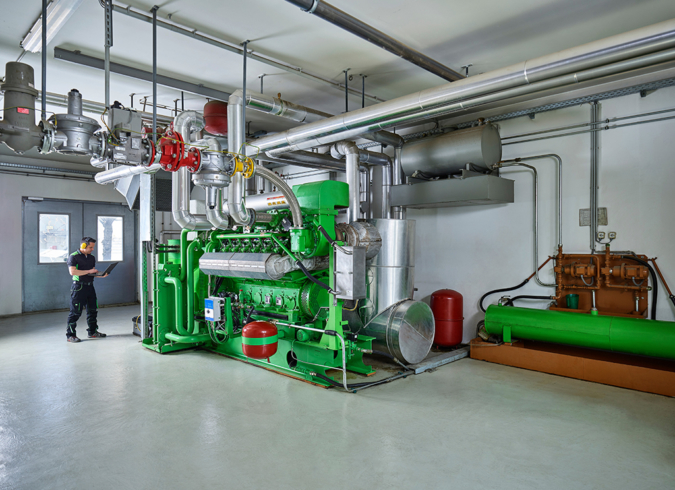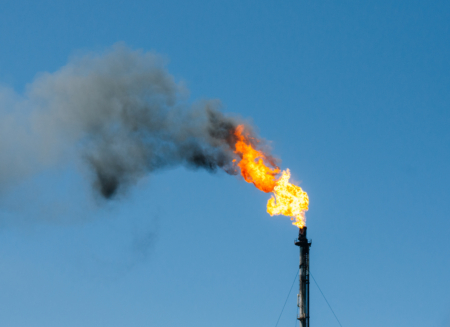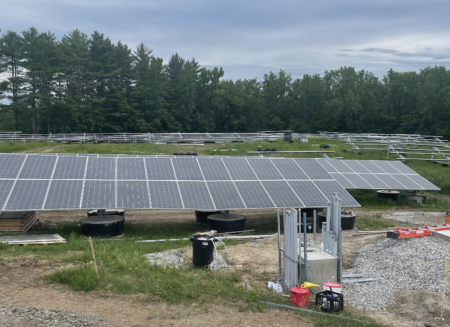Sanborn Head has performed health risk assessments in the process of air permitting for landfill gas-to-energy engines at landfills in Massachusetts and New Hampshire.
Key Components:
- Title V Air Permitting
- Health Risk Assessment
- Toxic Air Emissions Estimate
- Air Dispersion Modeling
The engines will reduce greenhouse gas (GHG) emissions by offsetting electricity generation from fossil fuel power plants and support a long-standing state policy of beneficially using landfill gas as an alternative to flaring. The energy recovery engine will emit some levels of pollutant to ambient air. Emissions of major criteria pollutants are not likely to result in ambient air quality standard exceedances, and emissions of the Hazardous Air Pollutant formaldehyde may lead to exceedances of state ambient air guidance thresholds.
Sanborn Head’s consulting engineers performed air dispersion modeling studies to assess off-property impacts associated with formaldehyde air emissions. Sanborn Head’s site-specific risk assessments show that existing background levels of formaldehyde were significantly greater than the states’ Ambient Air Limits, which are based on very protective exposure assumptions. Our environmental risk assessments derived more realistic estimates of health risks. Results indicated that off-site risks did not exceed levels of concern or significance.




